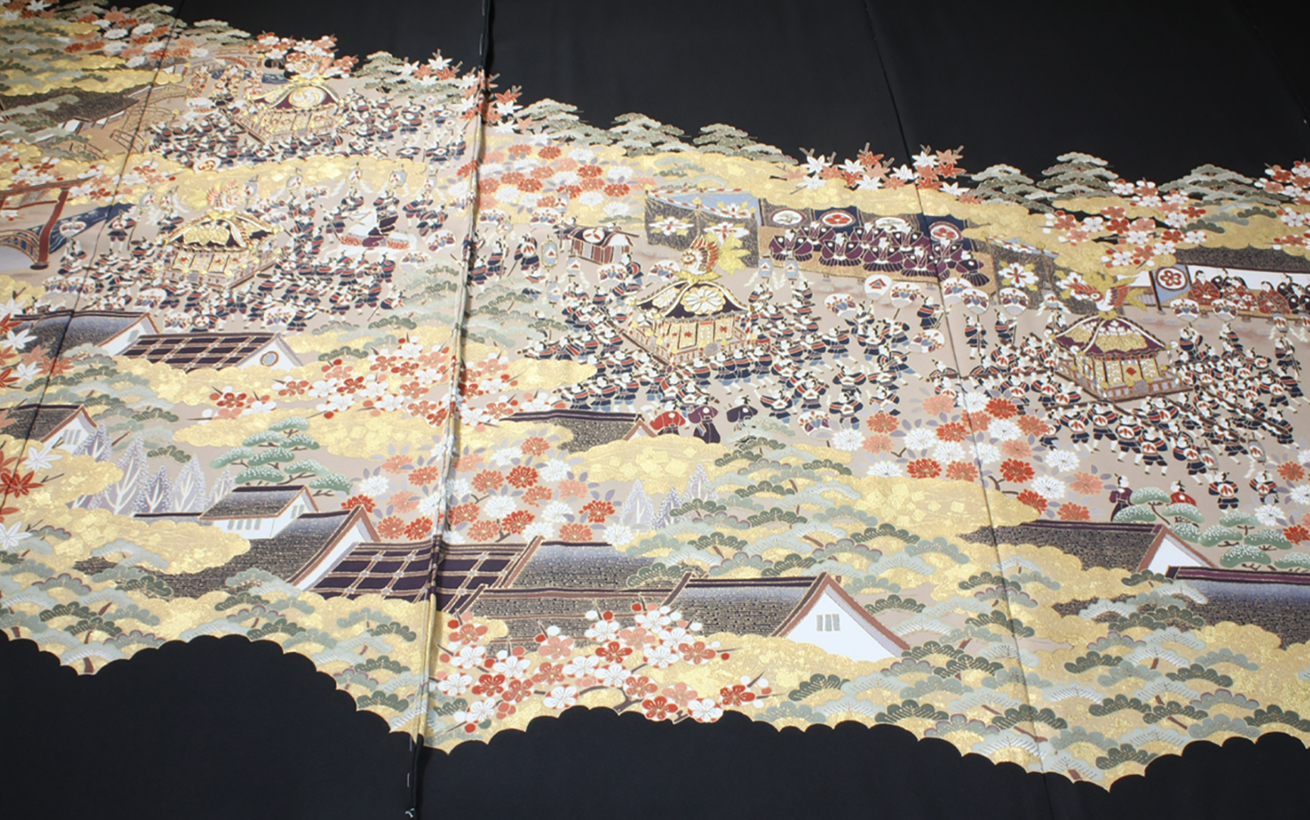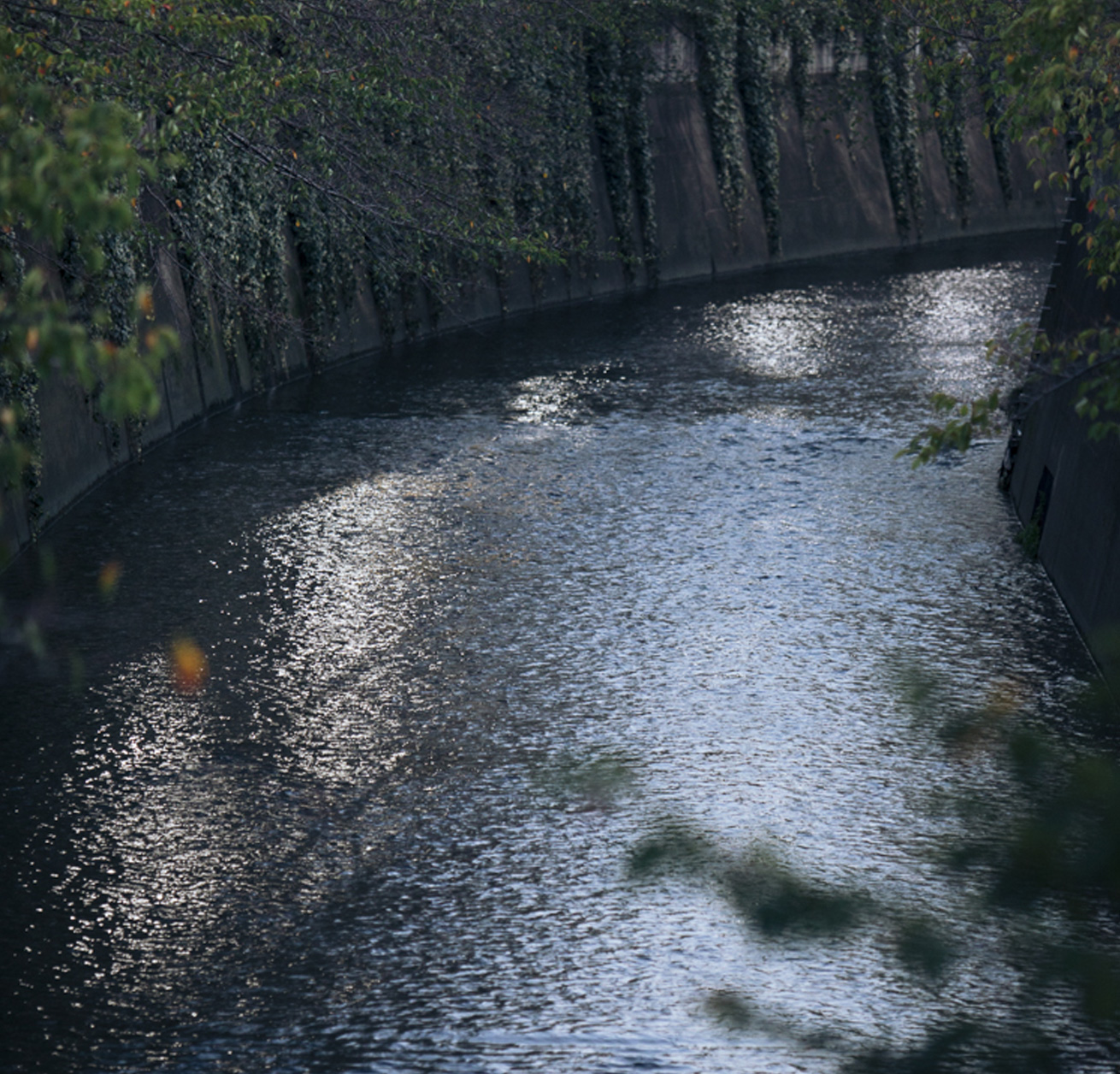
Atelier Ogura Sengei is known for the new original technique tracing with itome-nori (some glue, acts as a boundary) based on the traditional Edo yuzen, which resulted in the deeper colored and more elegant hand-painted yuzen kimono. We offer one-stop service that one craftsperson is responsible for most of the whole process making kimono from original designing to hand painting. As for the design, we cover traditional designs to modern patterns. Among them, our hallmark work is derived from the scenery image of Shiretoko and Kumanokodo where officially recognized as a (UNESCO) World Heritage Site. Wherever we go, we always sketch and take photographs to cultivate our tastes and sensibity. Yuzen kimono embroidered with thread dyeing with natural shellfishes is also our proud.

First of all, yuzen is a method of dyeing for Japanese traditional kimono. The most distinctive feature of the yuzen is a process called the itome-nori; it is a technique of placing glue (nori) on the lines of the patterns so that the juxtaposing colors do not mix. The itome-nori allows use of multiple colors and fine detailed patterns. There are 3 different types of yuzen: Edo yuzen, Kyo yuzen, Kaga yuzen.
Edo yuzen was invented in the Edo period, early 19th century, Bunka Bunsei Era (1804-1830) At that time, there were many dyeing masters belonging to Daimyoes (feudal lords) moving into Edo city creating special residential districts (especially around Ningyocho and Kanda area) and many kinds of techniques were introduced. However, the sumptuary laws that were introduced attempted to regulate permitted consumption, and these went so far as to try to restrict the activities of Edo's townspeople. These restrictions in fact demonstrated that economic power of the townspeople had gained in force. As a result, the economic focus of the city shifted from the samurai class to the townspeople, and Edo evolved into a city of great consumption, the culture of the townspeople flourishing accordingly. But "spending more money on things the more they are not for show". Given that condition, Edo yuzen was influenced by iki (swankiness) and wabi (beauty of simplicity) of people's culture in Edo period (17-19c). It was after Meiji period (late 19c) that many Edo yuzen craftspersons moved into Takadanobaba, Nakai, and Ochiai in Shinjuku area as there were abundant pure streams of Kanda River and Myoshoji River so that we are able to wash out the glue and excess ink. The Shinjuku district still remains a centre for dye works in the capital.
